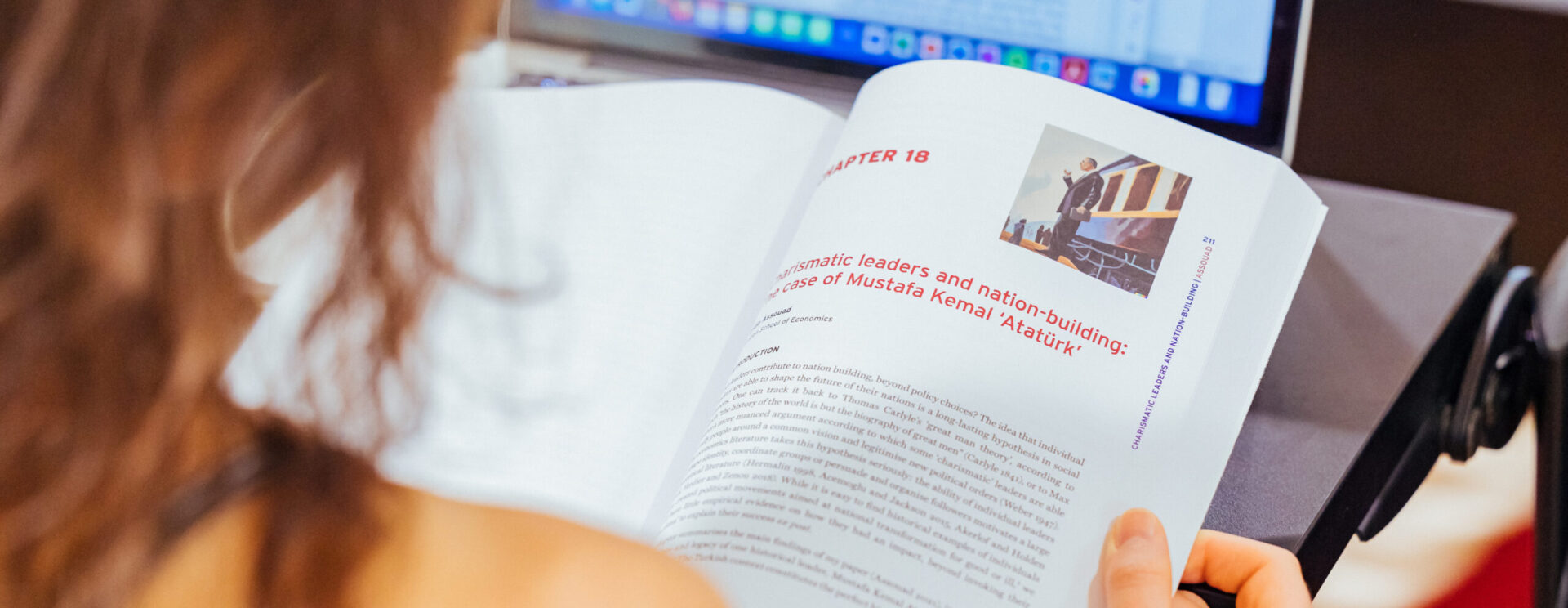Dynamic modeling of the (bio) availability of radionuclides in soils : a comparative model-experiment approach applied to cesium transfer in the rhizosphere
Thesis: The overall objective of this work is to develop a generic model able to better account and predict the transfer of radionuclides in the soil / soil solution / plant. The first part of the work was devoted to the critical analysis of the models available in the literature to describe the cesium adsorption on clay minerals (the process that mainly controls its availability in the soils). This analysis enabled us to propose a new mechanistic model combining two approaches: surface complexation and cation exchange. Our approach has been tested in order to model the adsorption of Cs on several natural clay substrates, in a wide range of Cs concentrations and physicochemical conditions. This work allowed to validate the proposed mechanistic model and to demonstrate that it constitutes a major advantage over the various existing models. The second part was devoted, to the performing of a series of experiments, carried out in controlled environments on dynamic systems and modeling the (bio)availability of Cs in these systems. Following these tests, the observed interactions between solid and solution could be correctly reproduced with the proposed model taking into account only the clay fraction of the soil. These simulations were also compared with simulations obtained using a empiric (Kd) kinetic models (E-K approach). Finally, the development of a numerical tool for coupling the description of geochemical interactions with transfer to the plant (Michaelis-Menten approach) allowed to reproduce adequately the trials carried out in Rhizotests coupling soil, solution and plant, and to better characterize of the Cs fraction available for plants.
Author(s)
Mohamed Amine Cherif
Date of publication
- 2017
Keywords
- Caesium
- Dynamic modelling
- Bioavailability
- Natural clayly substrates
- Plant
Issuing body(s)
- Aix-Marseille Université
Date of defense
- 18/12/2017
Thesis director(s)
- Frédéric Gérard
- Olivier Bildstein
URL of the HAL notice
Version
- 1
